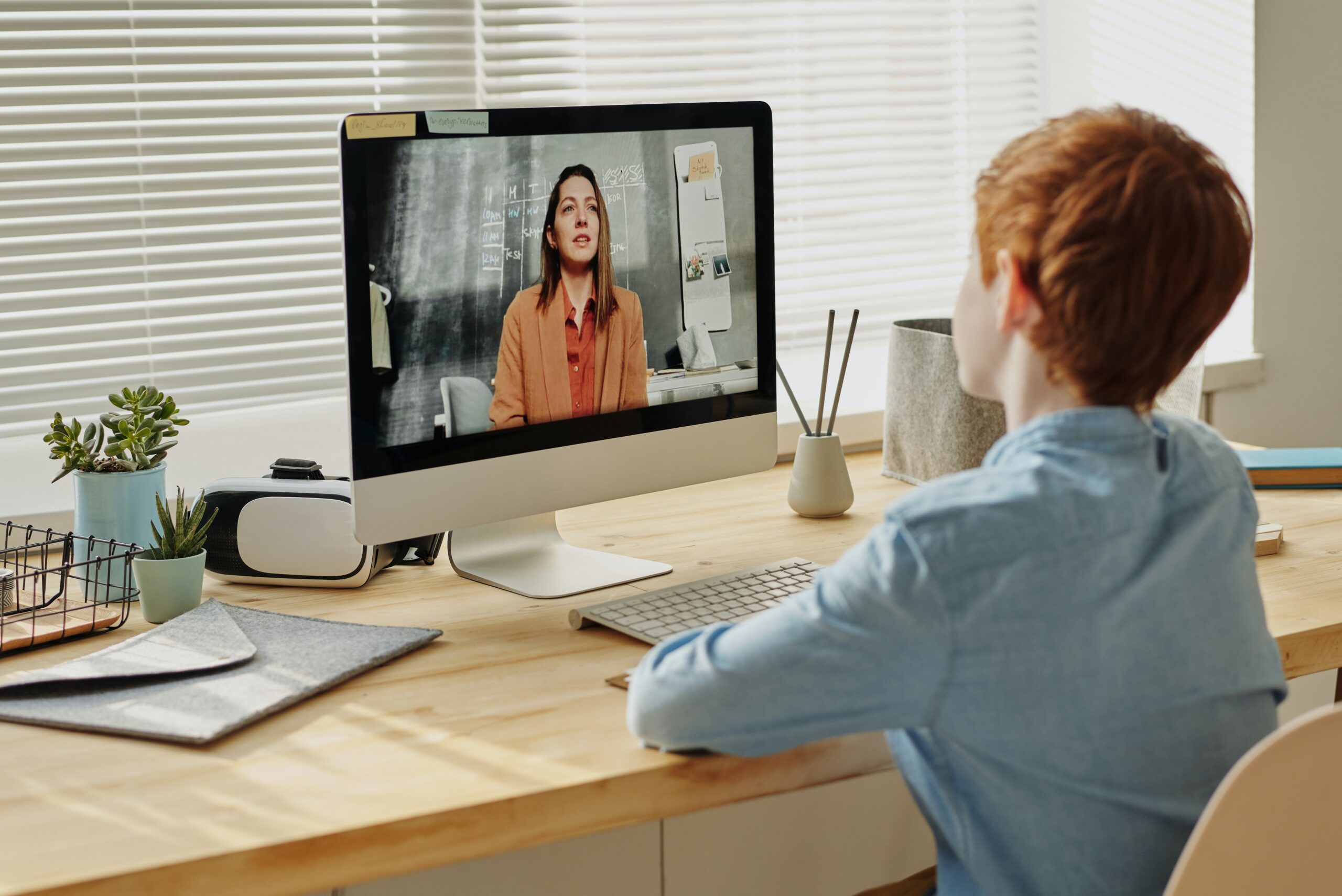
19 May Coexisting with COVID-19
It’s been almost two months now.
Two long months of physical distancing, of adhering to the Governor’s stay-at-home advisory, of working from home while assisting our kids with online instruction, of acquiring and wearing masks, and of keeping a distant but worried watch over our own parents, many of whom fall smack dab in the middle of the most vulnerable age group.
Most of us have been managing at least some level of anxiety. Over the health of loved ones, over the harrowing plights faced daily by front line workers, over the stress of an overwhelmed health-care system, job insecurity, safely acquiring groceries, and of kids who are also scared, missing meaningful milestones, longing for their friends, and adapting to a virtual school world they never signed up for.
How much longer will we need to do this?
While experts are working around the clock to develop a safe and effective vaccine, we are told it could be mid-to-late 2021 before that vaccine is ready to inoculate 7 billion of the planet’s inhabitants.
Does this mean we stay hunkered down for another year or more?
Most likely no; it’s not sustainable on almost every level, e.g., economically, emotionally, educationally.
The best strategy that seems to offer hope for a safe emergence back into the world includes wide-spread testing, isolation of those who test positive, and contact tracing. Countries who have employed this strategy have been successful because only those who test negative are allowed out in public; all positives are instructed to isolate at home. Wouldn’t it be helpful to know that everyone in line at the post office had tested negative?
Alas, the accessibility of widespread testing has remained elusive in Massachusetts, as elsewhere. So, here we are, collectively contemplating how we will tentatively peek out from under our shells, and wondering how we will navigate the next year.
To get some insight into how to manage long-term stay-at-home experiences, we reached out to a parent whose child spent nine months in isolation following a bone-marrow transplant. She offered the following advice to parents:
- Live life one day at a time.
- Keep a positive mindset; it can really impact your emotional wellbeing.
- Limit any media intake that focuses on the negative aspects of this virus.
- Be creative with your time.
- Keep yourself and your family busy by discovering new hobbies.
- Learn new skills, or master ones that you’ve already been developing.
- Be thankful for the little things, no matter how small they may seem.
- Take time out for yourself – and don’t feel guilty about it.
- Take turns with your partner in entertaining the younger one(s) while the other takes a little time off for themselves.
- Remember: things could always be worse; this too shall pass and we will be back to normal before we know it.
As the state begins to open up in the coming weeks, many people have said that, while they may venture out to a backyard barbecue this summer, they do not expect to sit in a crowded movie theater, take in a game at Fenway Park, or ride the subway. Not until there is a vaccine.
In the meantime, remember, the best protection we have right now, and in the months to come, includes frequent hand washing, physical distancing, and mask wearing. It is also important to stay up-to-date with guidelines from reliable sources, e.g., the Massachusetts Department of Public Health. These steps offer protection for ourselves and also for our fellow community members.
As Eugene Robinson said recently in the Washington Post: “We are all in this together. Some of us may not like that, but the coronavirus doesn’t care.”
Lisa Gibalerio, MPH, is a Prevention Specialist at Wayside Youth and Family Support Network and a Tween/Teen Professional Consultant with The Loved Child. She can be reached at lisa_gibalerio@waysideyouth.org.
Corinne Jackman, BSN, is a Nurse at Belmont High School and a member of the Belmont Wellness Coalition.


